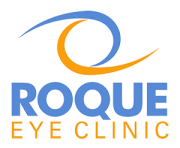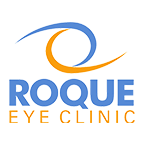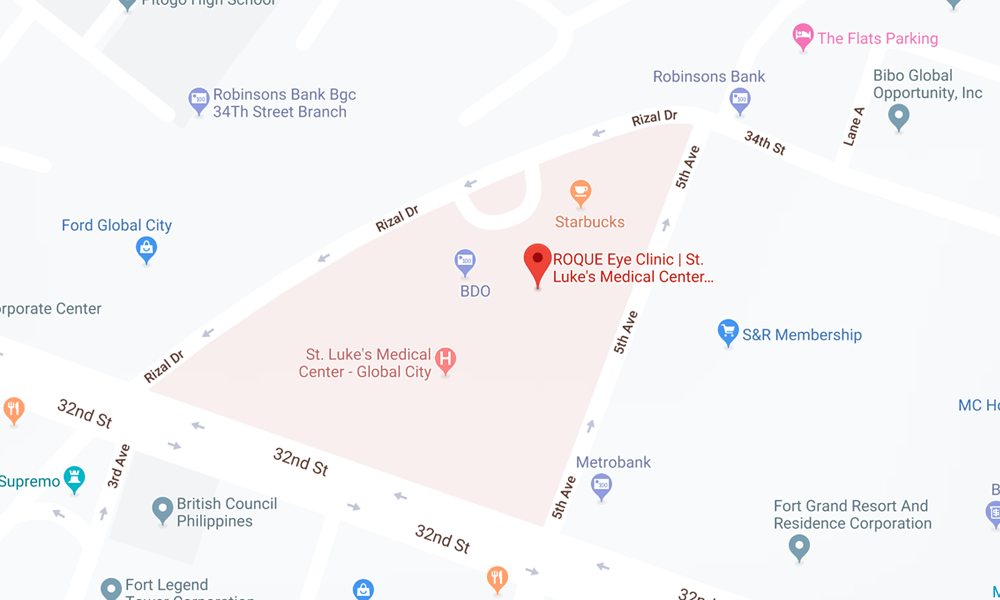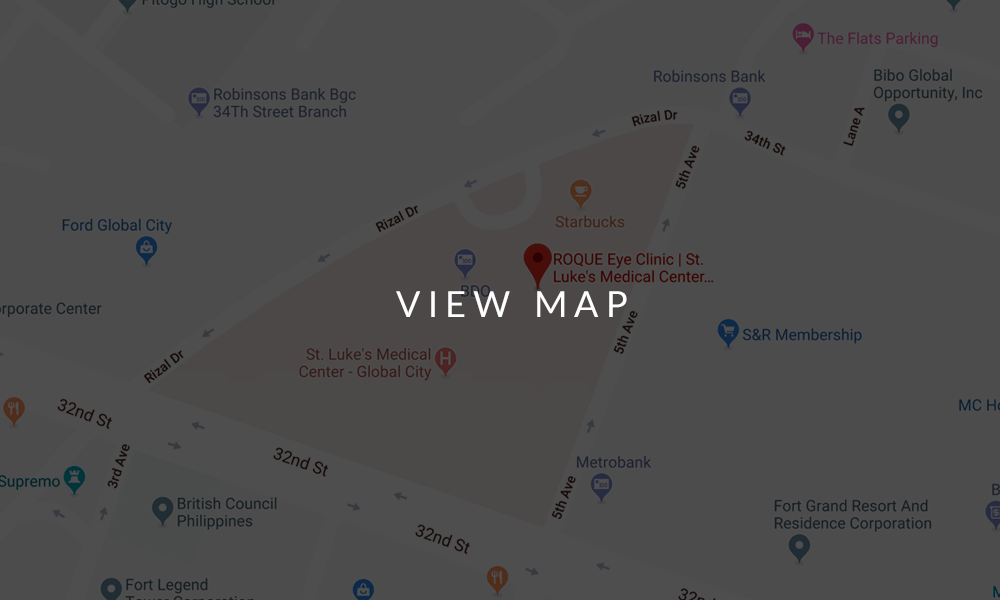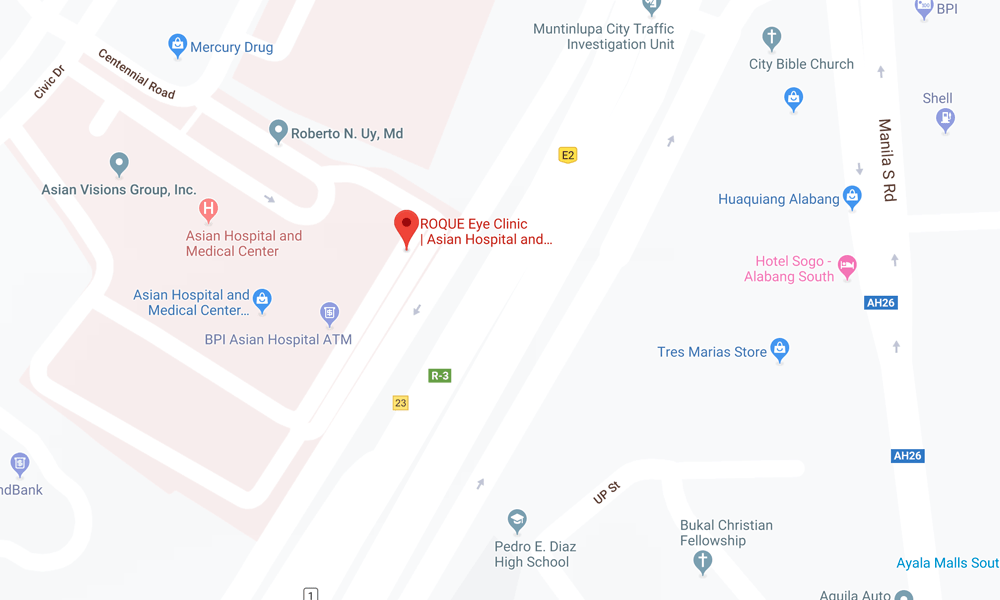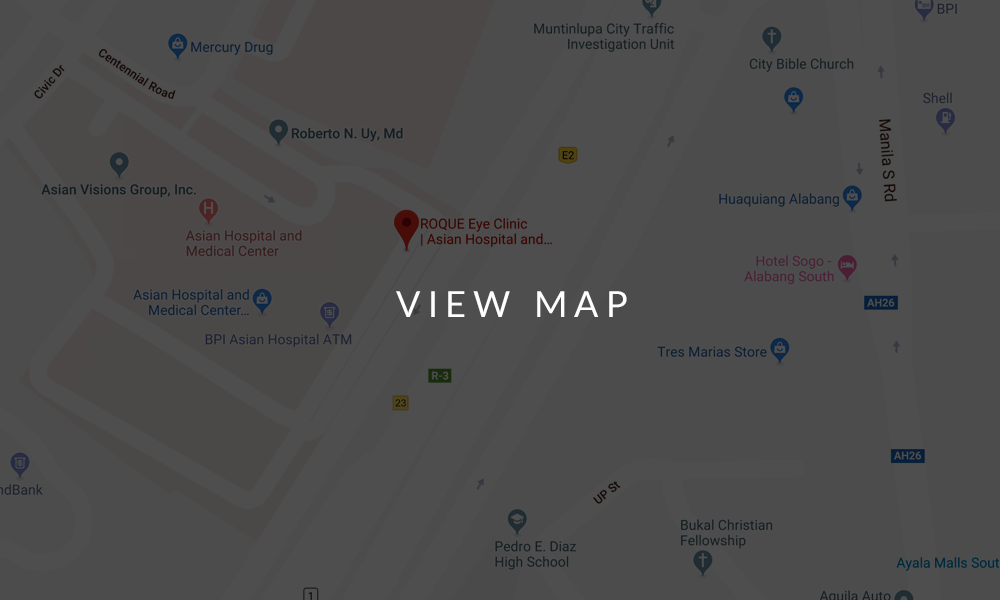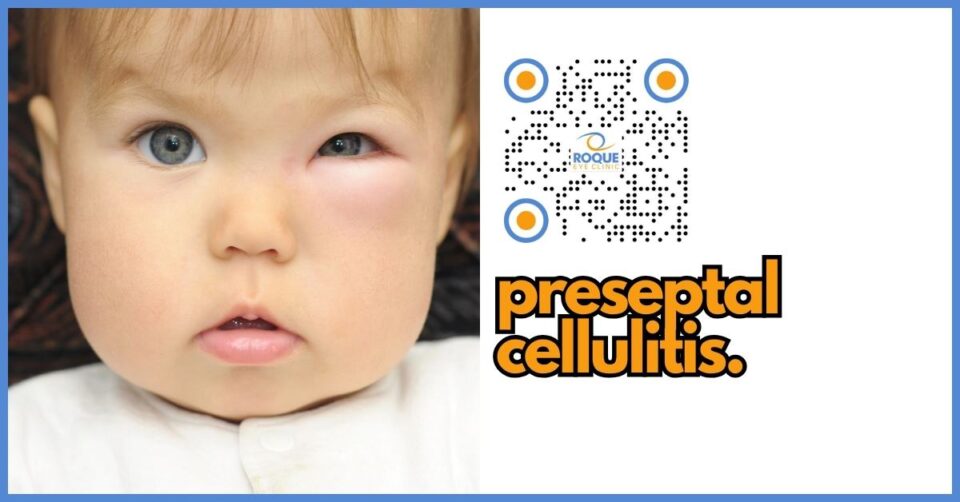EOR IN KIDS
To see clearly, the eye must focus the image accurately on the retina. This is not the situation at birth. At birth, the eyeball is short and the refractive power of the anterior segment is not powerful enough for the short eyeball (hyperopia). The process wherein the refractive power of the anterior segment progressively changes to match the natural expected elongation of the eyeball (axial length) is called emmetropization, and it takes years. Thus a newborn does not see 20/20 until emmetropization is complete or nearly there. Only high amounts of hyperopia relative to the age of the child need correction in the form of glasses.
For some individuals, the process of emmetropization does not stop right away. A disruption in the process could occur such that the axial length continues to grow, leaving the refractive power of the anterior segment too strong or too powerful for the size of the eyeball. This is called myopia. Myopic children like to move objects close to their faces to see better. Axial elongation can become progressive (progressive myopia) due to environmental factors such as too much activities at near (reading and use of electronic devices), and the lack of exposure to natural light. Glasses improve patients vision but lifestyle changes and pharmacologic intervention may help decrease the speed of axial elongation.
Astigmatism is another type of refractive error and it is due to optical asymmetries in the anterior segment, either from the cornea or from the lens. Its presence could lead to uncoordinated eye growth and later development of myopia (axial elongation). Significant astigmatism is approximately -1.50 D or higher. It is advisable to treat astigmatism with glasses early in life not only to prevent amblyopia, but also to decrease the risk of developing myopia later.
Full correction of the refractive error is always done when strabismus is co-existent. Refractive surgery is not yet approved as a standard for all cases, but it can be performed on certain cases when amblyopia treatment is going to be a challenge due to high anisometropia.
References:
- Flitcroft, D. (2014). Emmetropisation and the etiology of refractive errors. Eye (Lond), 28(2): 169-179.
- Harvey, E., Mcgrath, E., Miller, J., Davis, A., Twelker, J., and Dennis L. (2018). A preliminary study of astigmatism and early childhood development. J AAPOS, 22(4): 294-298.
- Pozarickij, A., Enthoven, C., Ghorbani Mojarrad, N., Plotnikov, D., Tedja, M., Haarman, A., Tideman, J., Polling, J., Northstone, K., Williams, C., Klaver, C., and Guggenheim, J. (2020). Evidence that emmetropization buffers against both genetic and environmental risk factor for myopia. Invest Ophthalmol Vis Sci, 61(2):41.
- Pi, L., Chen, L., Liu, Q., Ke, N., Fang, J., Zhang, S., Xiao, J., Ye, W., Xiong, Y., Shi, H., and Yin, Z. (2010). Refractive status and prevalence of refractive errors in suburban school-aged children. Int J Med Sci, 7(6): 342-353.
- Mcbrien, N., and Barnes, D. (1984). A review and evaluation of theories of refractive error development. Ophthalmic Physiol Opt, 4(3): 201-213.
REFRACTIVE ERRORS ANIMATION
ANIMATION
BOOK AN APPOINTMENT
It takes less than 5 minutes to complete your online booking. Alternatively, you may call our BGC Clinic, or our Alabang Clinic for assistance.
OUR PEDIATRIC OPHTHALMOGIST
DR. BARBARA ROQUE
MD, DPBO, FPAO, FPCS
Dr. Barbara Roque is a specialist in pediatric ophthalmology, adult strabismus, and ophthalmic genetics. Her private practice began in 2006, after her post-graduate fellowship training at The Children’s Hospital in Westmead, University of Sydney System, Australia. Her patients are mostly children with ocular disease, refractive errors, cataracts, and eye misalignment.
OUR CLINICS
BGC CLINIC
- ST. LUKE'S MEDICAL CENTER GLOBAL CITY
2/F Medical Arts Building 217
Rizal Drive corner 5th Avenue
Bonifacio Global City, Taguig 1634
Philippines
SLMC CLINIC HOURS
- 9am - 12pm
Appointments only
ALABANG CLINIC
- ASIAN HOSPITAL AND MEDICAL CENTER
5/F Medical Office Building 509
2205 Civic Drive, Filinvest City
Alabang, Muntinlupa 1781
Philippines
AHMC CLINIC HOURS
- 1pm - 4pm
Appointments only
BOOK AN APPOINTMENT
It takes less than 5 minutes to complete your online booking. Alternatively, you may call our BGC Clinic, or our Alabang Clinic for assistance.
